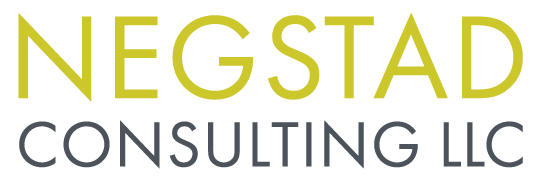5 Minutes on Leading in Emergent Landscapes
There are some clues that tell us we are in an emergent landscape.
For example, the tools we are used to using just aren’t working. Things feel uncertain. Even uncomfortable.
We can’t quite see what we need to do next.
The hard part is that we don’t want to feel uncertain and uncomfortable. It can be tempting to fall back on a false sense of security and certainty.
It’s just plain hard to stay in emergence. But having the right tools can help us do just that.
When we stay in the uncertainty long enough we can start to sense new patterns. We can adapt and find our way forward.
So let’s explore the first of three emergent landscape tools.
Emergent Landscape Tool #1:
Pay attention to the external context/environment/ecosystem for clues of new energy, new possibilities, new connections, new insights.
Being in an emergent landscape means there is uncertainty. Often there is also not a lot of agreement on what is happening or what we should do.
What we are working on or doing is evolving. Affected by the environment and variables we can’t necessarily identify or name.
I’ll share a real life example from my own life to help bring this to life.
Although I’ve always been transparent with potential clients, lately I’ve been noticing a change in the broader environment. There is room for more authenticity. So I’ve been practicing being more radically honest with potential clients.
One way I’m doing this is sharing my vulnerabilities with potential clients in the moment.
I don’t always know what that means or what it will look like. I allow myself to sense it, try new things, and reflect.
Recently, in the middle of a conversation with a potential client, I could see a gap between my background, skills and knowledge, and what they were hoping for from a facilitator.
It didn’t work to just “sell” my experience in that moment. I wasn’t sure what to do but I read the room and…
Blurted out my insecurity about the knowledge gap.
I could only do that because I was okay with the uncertainty of how they would react.
Don’t get me wrong, I really wanted the job.
But I had sensed something in the broader environment, in myself, and in that room that allowed me to try something new. I also knew that I had the safety and privilege to be vulnerable in that setting and that I’d be okay if I didn’t get the work. I was ready and able to allow whatever was going to emerge, emerge.
The potential client was surprised at first. But I learned something after they hired me that I wasn’t expecting.
This was the moment they realized how much they could trust me, and our work together took a different shape from the original reason for our conversation (facilitation gig).
New energy, new possibilities, new connections, new insights, all from a moment of vulnerability.
How can you live into this practice of paying attention to the external context/environment/ecosystem for clues of new energy, new possibilities, new connections, new insights?
Here are a few ideas:
Make room for reflection about your leadership or whatever roles you play that feel important to you. Spend a few minutes every now and then jotting down notes to questions like:
How am I different than I was 6 months or two years ago?
What is having an impact on my life and well-being right now?
What parts of my role no longer feel in alignment?
Am I sensing anything that I want to change?
2. Leave time on a team meeting agenda to ask each other:
What is something new you learned this week?
What’s something that genuinely surprised you last month?
3. When you feel stuck in a group facilitation or at a team meeting, pause. Ask the group to sit for a minute and sense:
What is the next step?
What is calling to the group to discuss next?
4. adrienne maree brown has a great idea in her book, “Holding Change,” (pp 185). In times of emergence, gather your team/group around key questions. Here are a few examples from the book:
What do we want our legacy to be?
What organizations do we look up to?
Are we the right we for this work?
What does our community most need right now? How do we know that?
What are we uniquely suited to do?
What if we had unlimited resources?
What if we could only do one thing as a group
Emergent landscape tools take time and practice.
What can you commit to doing this week?
How can you create a practice of paying attention to the external context/environment/ecosystem for clues of new energy, new possibilities, new connections, new insights?

